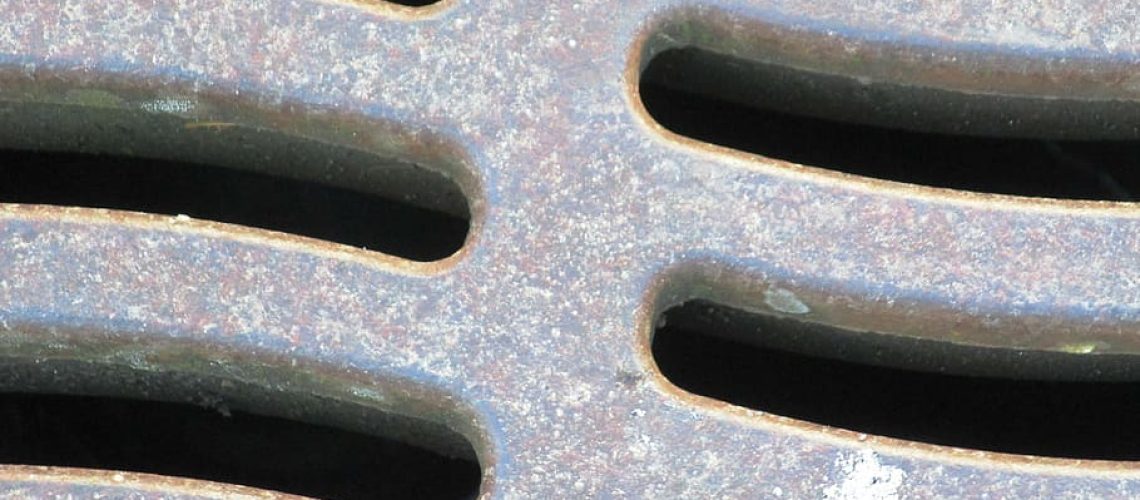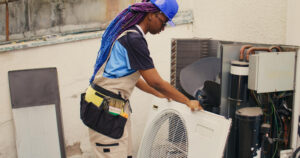Menu

4 Ways To Handle Sewer Backup and Prevent It: A Guide
A municipal sewer system is quite common amongst households in Canada. When this is in use, the plumbing ends up directing wastewater to a treatment plant that’s public. That’s because local governments are generally responsible for system upkeep. Every home still ends up connecting to the municipal sewer line with one of its own. That means when sewers back up, the main drain and sewer line will likely clog.
When that happens, the municipality isn’t responsible anymore: you are. It’s going to get pretty messy because wastewater can leak simultaneously from pipes. Have it checked out immediately. Otherwise, you’re going to end up with major water damage.
Here’s a guide on how to handle and prevent sewer backup:
Determine Which Parts of the Sewer Are Actually Your Responsibility
There are two sewer line types running under properties; the sanitary sewer carries wastewater out and away. The storm sewer, as its name suggests, deals with rain and groundwater. Both of them are connected to the municipal line. Bear in mind that the storm sewer’s parts within your property line are still your responsibility. When there are issues with either sewer line, as long as it’s within your property, it becomes your problem.
The storm sewer line, in particular, is prone to get clogged by activities within the home. That includes waste not being disposed of properly, such as mown grass.
Have you ever had your storm sewer backed up because the public line is clogged? In that instance, runoff from your property wouldn’t be able to pass through. It’ll end up bringing the stormwater back inside your home and likely flood your basement. That’s a rather expensive problem to end up with, racking up expenses up to tens of thousands of dollars.
Protect Yourself Before Doing Any Inspection
Wastewater can have millions of virus particles in them per litre. There’s also a huge possibility of getting E. coli from contact alone. Let’s not even start on the other things floating around, such as worms. If you’re going to look into a backup that’s occurred within your sewage, make sure you’re dressed for it. Whether or not there’s a flood, it’s best to be prepared. Wear a face mask, rubber gloves, and rain boots. It may sound a little much, especially if there’s no flooding, but it’s crucial to prevent exposure to harmful bacteria and the like.
Find the Clogged Toilets and Drains
As previously mentioned, when a sewer is clogged, the wastewater will retreat. Chances are your basement or first floor drains will back up first. Check on your toilets, too.
It should be noted that some backups are minor and will go away after some minutes. However, it’s safest to call on a professional, especially if there’s a main drain that’s collapsed.
Conclusion
Sewers back up for several reasons, and dealing with them can be a pain. There are two sewer lines: sanitary and storm. The latter deals with rain and groundwater; when it’s clogged, all that wastewater backs up into the home. Determine which parts of the sewer are within your responsibility, and make sure to call a professional if the backup doesn’t subside within minutes.
If you need emergency plumbing, contact Bromac! We offer pipe repair, sewer line replacement, and other plumbing services in Chilliwack. Our team goes above and beyond to serve our customers.


